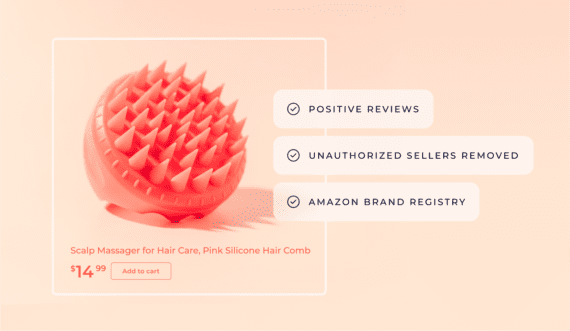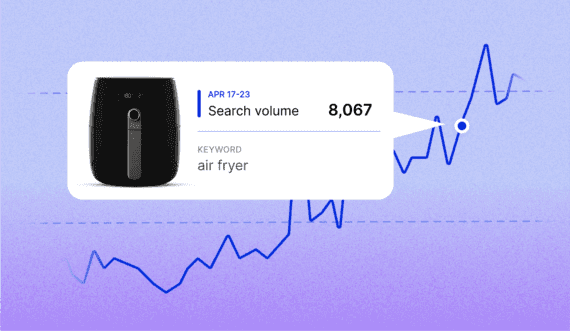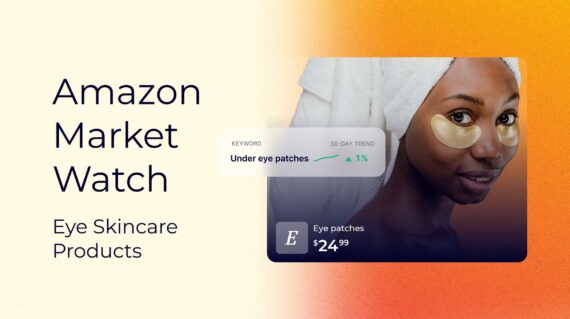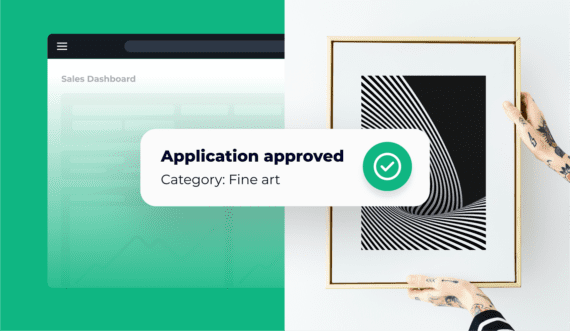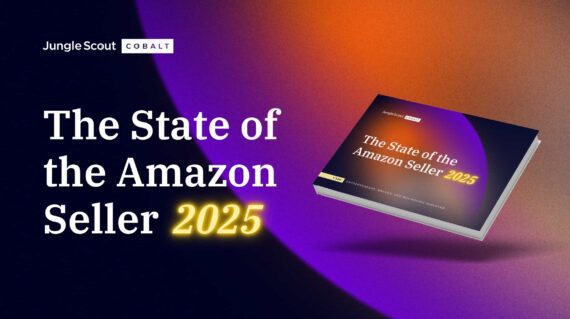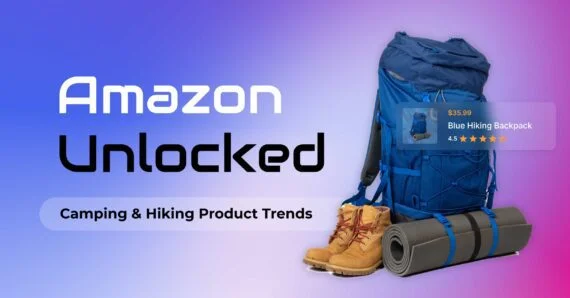Did you know that in addition to selling products on Amazon, you can sell products to Amazon? That’s right! Through Amazon’s Vendor program, you can become a “first-party” seller and sell your inventory to Amazon at wholesale prices.
You’ve likely seen the “Ship from Amazon.com” and “Sold by Amazon.com” labels in the Buy Box when shopping on Amazon. That means Amazon purchased inventory in bulk from that brand and is reselling it to its customers — just like any other retailer!
Becoming a vendor for Amazon is not just reserved for large household brands; small to medium-sized businesses can also sell products to Amazon (though it’s not as easy as creating an account).
Continue reading to learn more about what Amazon Vendor Central is, how to sell products directly to Amazon, and the differences between Vendor Central and Seller Central.
What is Amazon Vendor Central?
Amazon Vendor Central is the platform where vendors manage their wholesale business relationship with Amazon. Here, they add items, manage purchase orders, ship inventory, and so on.
Within Vendor Central, Amazon will place orders from you, you send them the inventory and an invoice, and Amazon pays you. Vendors within the platform can also manage advertising, merchandising, and other programs such as Amazon Vine.
Vendor Central has a similar layout to Seller Central, where you can easily navigate to different sections to manage your business correctly. You see tabs such as Orders, Items, Advertising, Merchandising, Reports, and Payments.
READ MORE | How to Use Amazon Seller Central
Can anyone sell directly to Amazon?
Becoming a supplier for Amazon is not as simple as creating an Amazon Seller account and becoming a third-party seller.
Unfortunately, Vendor Central is invite-only and you cannot apply to become a vendor. You must wait until you are contacted by an Amazon brand manager before signing up for Vendor Central.
So your next question probably is…
How to get invited to become an Amazon vendor
The best way to get invited into the Amazon vendor program is to be an exemplary third-party seller with strong brand presence on and off Amazon.
Amazon wants to purchase products with consistent sales volume, strong seller reviews and customer satisfaction, healthy sales metrics, and items that are always in stock.
If you are a brand that participates in trade shows, you may also find Amazon brand managers present searching for brands Amazon does not carry yet.
While you should always strive to be the best seller you can be, there is no guarantee that Amazon will ever contact you to become a vendor.
Though that may not be a bad thing! Brand-registered third-party sellers now have many features that were once only available for vendors, such as A+ Content, Amazon Live, Brand Analytics, Amazon Storefronts, Amazon Vine, and many Amazon Advertising products — so there may not be as much upside to becoming a vendor as there once was.
What are the pros and cons of selling directly to Amazon?
With anything, there are pros and cons. Becoming a vendor on Amazon has its upsides but it also has some downsides. Let’s go over both!
Pros of selling directly to Amazon
- Profits. Sell your products at a profitable wholesale price to Amazon.
- Labelling. You listings will show as “Ships From and Sold by Amazon.com.”
- Customer service. All customer service and returns are handled by Amazon.
- Increased sales. Sales may increase as Amazon will have control over the listing.
- Hands-off. You don’t need to worry about running an Amazon business .
Cons of selling directly to Amazon
- Invite-only program
- Fees. Additional fees, including co-op fees, marketing fees, remittance fees, freight allowance fees and chargebacks, can total up to 25%.
- Margins. Smaller margins than if you were to sell the product direct to consumers through Seller Central. Amazon will likely negotiate the purchase price of your products, leaving you with a smaller margin.
- Pricing. You have no control over your pricing, which can be a bad thing if you have MAP (minimum advertised price) pricing agreements with other retailers.
- Lack of control. You won’t have much control over your listings and inventory.
- Payment structure. Amazon’s payment terms can be 30, 60, or 90 days; this may cause cash flow issues for your business
As you can tell, there are more cons than pros when it comes to becoming a vendor for Amazon. If you are invited to the program, make sure you fully understand their terms and fee structure before agreeing to anything.
Amazon Vendor Central vs Amazon Seller Central
As you can probably tell, the biggest difference between the two platforms is how you sell your products.
- Vendor Central — you’re selling products at a wholesale price to Amazon.
- Seller Central — you’re selling products at a retail price to consumers.
Which is best for your business? Well, that’s up to you to decide — but we’ll give you some information to make your decision easier if you have a Vendor Central invite.
A few years ago, it may have been more beneficial to become a vendor based on the marketing and advertising tools Amazon had available to vendors only.
Over the past few years, however, Amazon has rolled out many once vendor-only features for sellers. Some of those features include:
- Amazon Stores
- Amazon Vine
- A+ Content
- Advanced advertising tools
- Deals and coupons
Plus, it’s a lot easier to use some of the features such as coupons and deals within Seller Central. As a third-party seller, it is also easier to change content on your listing such as images or copy and your selling price. Remember, Amazon will have full control over the selling price if you are a vendor.
As a third-party seller, you will have more control over your brand, whereas with Vendor Central, Amazon will have more control as they will own the inventory.
Signing up for a Seller Central account is a way for anyone to get started selling on Amazon. Signing up for a Vendor Central account is typically reserved for high-performing brands.
No matter which way you go, they are both very viable ways to sell products to Amazon customers.
Will you sell directly to Amazon?
We hope this article gives you some clarity on selling directly to Amazon and Amazon Vendor Central. If you get the invite, make sure to weigh the pros and cons and see if selling third-party is a better option for your business.
If you have any more questions regarding Amazon Vendor Central, let us know down in the comments!
Want to learn more about how you can use Jungle Scout to launch, grow, and run your Amazon business? Click the “Learn More” button below!
Enhance your experience with Jungle Scout.
Learn more about how you can use Jungle Scout to launch, grow, and run your Amazon business.
Brian Connolly is an Amazon seller, ecommerce expert, and writer for Jungle Scout. He lives in the New Jersey Shore area with his wife and cat. When he isn’t writing advice online for aspiring and experienced Amazon sellers for Jungle Scout, he spends his free time boating, fishing, and selling boating-themed items on his Amazon business.



